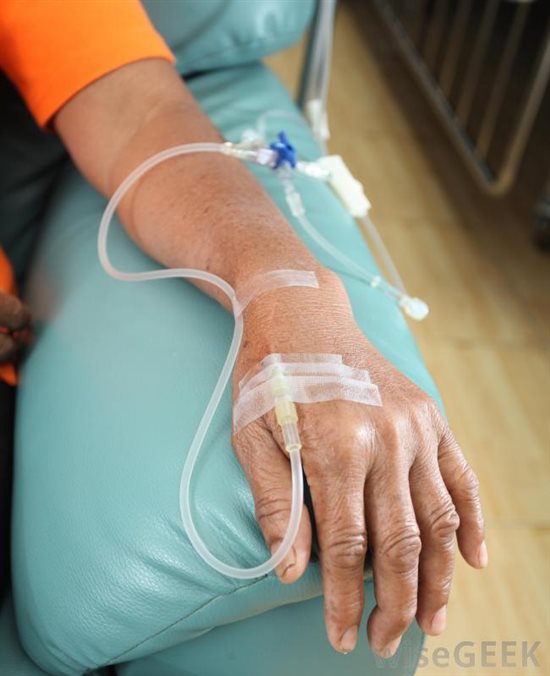 One of the great things about learning is that it never ends :-) I came across this piece of information about how chemotherapy was invented. I had no idea. It all began with the development of mustard gas and I'm sure we've all seen the awful pictures of solders leading each other from the battlefield having been affected by this 'deadly cloud'. Let's hope we never have to witness this again. This weapon was first used 100 years ago this week but out of the horror came a 'silver lining' - the idea behind what is now called chemotherapy.
One of the great things about learning is that it never ends :-) I came across this piece of information about how chemotherapy was invented. I had no idea. It all began with the development of mustard gas and I'm sure we've all seen the awful pictures of solders leading each other from the battlefield having been affected by this 'deadly cloud'. Let's hope we never have to witness this again. This weapon was first used 100 years ago this week but out of the horror came a 'silver lining' - the idea behind what is now called chemotherapy.
However, the development didn't really begin until the second world war when two doctors from Yale University (Louis Goodman and Alfred Gilman), conducted animal and then human trials . Then in 1948, UK scientist Professor Alexander Haddow published a ground breaking piece of research in the journal Nature, showing exactly which bits of the nitrogen mustard molecule were needed to kill cancer cells. Perhaps more importantly, he also found out how to make the chemical less toxic, but with more potent cancer-killing activity. So mustard gas went from the very real battleground of the WWI trenches into the frontline of cancer treatment where it still is today.
You can read more about this on the Cancer Research UK Science Blog
Chemotherapy and Neuroendocrine Cancer. One of the unusual aspects of Neuroendocrine Cancer is that chemotherapy is not normally considered as a standard treatment unlike many other cancers. Systemic chemotherapy is often inadequate for treatment of low and moderate grade Neuroendocrine tumours, because these tumours tend to have a well-differentiated histology and low proliferation index - standard chemotherapy does not appear to like their slow cytokinetic growth. However, chemotherapy appears to be frequently deployed for use with very advanced and/or high grade Neuroendocrine tumours (i.e. carcinomas). My Oncologist did mention the dreaded Chemotherapy word on my initial consultation. I suspect he was concerned with my liver biopsy Ki67 score of 5+. In the end, it wasn't required and I was happy with that.
Recent statistics for a new combination therapy known as capecitabine plus temozolomide (CAPTEM for short) look good though. Dr Robert Fine says the results of the trial showed "tremendous responses in every neuroendocrine tumor". The treatment elicited a response rate of 45% and a stable disease rate of 52% including those with carcinoid and pituitary tumours - types of neuroendocrine tumour that are notoriously 'chemoresistant'.
I can see from monitoring the various forums that there is some excitement about this treatment but I suspect it is only given or considered when people have tumours which are inoperable and/or they are not responding to somatostatin analogue treatment. If in doubt about suitability, patients should seek the advice of their NET specialist/Oncologist. You can read more about this here (click here) and you can also listen to Dr Fine enthusiastically talking about this on a short You Tube video clip - (click here)
Ronny
Please note this blog is my own views and opinions and is therefore strictly for educational or discussion purposes. It does not constitute professional medical advice, diagnosis, treatment, or care.
Whatever cancer throws your way, we’re right there with you.
We’re here to provide physical, financial and emotional support.
© Macmillan Cancer Support 2024 © Macmillan Cancer Support, registered charity in England and Wales (261017), Scotland (SC039907) and the Isle of Man (604). Also operating in Northern Ireland. A company limited by guarantee, registered in England and Wales company number 2400969. Isle of Man company number 4694F. Registered office: 3rd Floor, Bronze Building, The Forge, 105 Sumner Street, London, SE1 9HZ. VAT no: 668265007